41 describe a volume label for a storage device
6 Types of Warehouse Storage Systems - Camcode To better expose you to the big world of warehouse storage systems, we've compiled a list of the 6 most common types: Static Shelving. Mobile Shelving. Pallet Racking. Multi-tier Racking. Mezzanine Flooring. Wire Partitions. Read on to learn more about the 6 most popular warehouse storage system types. 1. Describe a Volume Label for a Storage Device - Sabrina-has-Hatfield Describe a Volume Label for a Storage Device. By Bio_Danica265 11 May, 2022 Post a ... Free To Change Volume Label Of Internal Hard Drive Usb External ...
How to create a physical volume in Linux using LVM A physical volume is any physical storage device, such as a Hard Disk Drive ( HDD ), Solid State Drive ( SSD ), or partition, that has been initialized as a physical volume with LVM. Without properly initialized physical volumes, you cannot create Volume Groups or logical volumes. So let's get started! First, there are a few considerations.
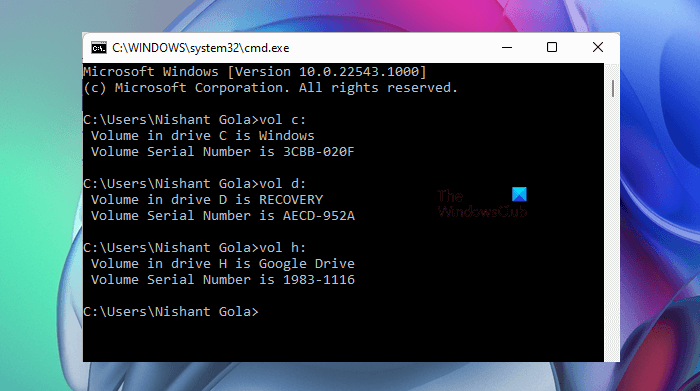
Describe a volume label for a storage device
In Vitro Diagnostic Device Labeling Requirements | FDA Label requirements are as follows: The established and proprietary names of the product, e.g., cholesterol meters; * The intended use or uses, e.g., pregnancy detection, diabetes screening, etc ... Kubernetes Persistent Volume Claims Explained - NetApp A Kubernetes persistent volume (PV) is an object that allows pods to access persistent storage on a storage device, defined via a Kubernetes StorageClass. Unlike regular volumes, which are transient in nature, PVs are persistent, supporting stateful application use cases. A PV is a resource object in a Kubernetes cluster which continues to ... Kubernetes - Volumes - tutorialspoint.com A key advantage of Kubernetes volume is, it supports different kind of storage wherein the pod can use multiple of them at the same time. Types of Kubernetes Volume. Here is a list of some popular Kubernetes Volumes −. emptyDir − It is a type of volume that is created when a Pod is first assigned to a Node. It remains active as long as the ...
Describe a volume label for a storage device. Volume Snapshot Classes - Kubernetes Volume Snapshot Classes. This document describes the concept of VolumeSnapshotClass in Kubernetes. Familiarity with volume snapshots and storage classes is suggested.. Introduction. Just like StorageClass provides a way for administrators to describe the "classes" of storage they offer when provisioning a volume, VolumeSnapshotClass provides a way to describe the "classes" of storage when ... Beginner Geek: Hard Disk Partitions Explained You must first create at least one container with a file system. We call this container a partition. You can have one partition that contains all the storage space on the drive or divide the space into twenty different partitions. Either way, you need at least one partition on the drive. After creating a partition, the partition is formatted ... Hardware Flashcards | Quizlet what type of storage media are CD's, DVD, and Blu-Ray optical storage what type of storage device is a flash drive Solid-state drives describe a volume label for a storage device it is the name of the device which type of drives is named first when names are assigned internal disk drives Subjects Arts and Humanities Math Social Science Other Which term describes a type of storage device that supports a volume ... ← A technician is booting a laptop that has Windows 10 installed with 2 GB RAM. The boot process is currently working on the following step: NTOSKRNL.EXE starts the login file called WINLOGON.EXE.
What is a storage volume and how does it work? - TechTarget A volume is a named logical area of the physical disk. It serves as a type of container for the file system and provides a structure for accessing data. In this ... Win32\_Volume class | Microsoft Docs The Win32_Volume class represents an area of storage on a hard disk. The class returns local volumes that are formatted, unformatted, mounted, or offline. A volume is formatted by using a file system, such as FAT or NTFS, and might have a drive letter assigned to it. Storage pool and volume XML format - libvirt Providing the total storage capacity for the pool. Due to underlying device constraints it may not be possible to use the full capacity for storage volumes. This value is in bytes. This is not applicable when creating a pool. Since 0.4.1 available Providing the free space available for allocating new volumes in the pool. The Difference Between a Drive, Disk, Volume ... - Make Tech Easier When you mount a storage device and its icon appears in your file browser, you're seeing the volume. Multiple volumes can be stored on a single disk, and operating systems keep track of what volumes are on what drives. Open up "Disk Utility" on macOS or Disks in Ubuntu and you'll see your familiar volume names underneath cryptic-looking disk names.
Enter Current Volume Label for Drive| How to Find the Volume Label? Since you need to enter the current volume label of a drive, you should gain the value label at first. To find out a volume label of a partition in Windows, you can pick up one among the following three methods as you like. Way 1. Find volume label from Command Prompt. After accessing Command Prompt, you can run "vol x:" to list the volume ... What Is the Difference Between a Partition, a Volume, and a Logical Drive? The simplest way to describe a partition is as a physical subdivision of a storage device like a hard disk drive. A partition starts and ends at a specific point on the hard drive or in more advanced multi-disk setups it may be a segment of a virtual drive. Think of it as dividing a field into plots of land. Each fenced-off plot of land is like ... Volumetric Glassware - WebAssign Some volumetric glassware bears the label "TC 20°C" which stands for "to contain at 20°C." This means that at 20°C, that flask will have precisely the volume listed inside it. If you were to pour out the liquid, you would need to get every drop out of it to have that volume. How to Mount and Unmount Storage Devices from the Linux Terminal Unmounting the ISO Image. To unmount a mounted file system, use the umount command. Note that there is no "n" between the "u" and the "m"—the command is umount and not "unmount.". You must tell umount which file system you are unmounting. Do so by providing the file system's mount point. sudo umount /mnt.
HP PCs - Partitioning and Naming Drives (Windows 10, 8) A drive is a physical storage device such as a hard disk drive (HDD), solid state drive (SSD), or removable USB flash drive. A partition is an area of the drive that can be formatted and assigned a drive letter. A volume refers to a storage area on a partition of a drive. The terms partition and volume are often used interchangeably.
ExplainingComputers.com: Storage This divides or "strips" the data in a storage volume across two or more disks, with half of each file written to one disk, and half to another. This improves overall read/write performance without sacrificing capacity. So, for example (as shown above), two 1TB drives may be linked to form a 2TB array.
Using Label Templates - Brookhaven National Laboratory Labeling Storage Volumes on UNIX LSM labels (initializes) each storage volume with a unique internal label that corresponds to a pool. During backup and other operations, LSM can identify the pool to which a volume belongs by its label. LSM applies a label template to create a unique internal label for each volume.
Use volumes | Docker Documentation Volumes are the preferred mechanism for persisting data generated by and used by Docker containers. While bind mounts are dependent on the directory structure and OS of the host machine, volumes are completely managed by Docker. Volumes have several advantages over bind mounts: Volumes are easier to back up or migrate than bind mounts.
What is a volume label entry? - Book Revise What is a volume of a hard drive? — In computer data storage, a volume or logical drive is a single accessible storage area with a single file ...
What is a Volume Label? - Computer Hope A volume label or volume name is a unique name assigned to a storage medium by the user. For example, a user is capable of changing the label on a floppy disk and hard drive to describe its contents. If you used an external drive for backing up your files, it could have a "Backup" label to quickly identify the contents of the drive.
Kubernetes storage basics: PV, PVC and StorageClass - MayaData You will need something like OpenEBS to pick it up. Each of these Persistent Volumes is consumed by a Kubernetes Pod (or Pods) by issuing a PersistentVolumeClaim object -- a PVC. A PVC object lets pods use storage from Persistent Volumes. A Persistent Volume is an abstraction for the physical storage device that you have attached to the cluster.
Computer Storage Devices: Types & Examples and Usage Primary storage, also called a prime memory, main memory or internal memory, is often referred to as memory. It is the only directly accessible storage to the CPU, such as RAM and ROM (Read-only Memory). The CPU continuously reads instructions saved in the primary storage and executes them as required.
Volume Definition - Tech Terms Volume: The word "volume" has several different meanings. The most common definition is the magnitude or intensity of a certain sound. Volume may also refer to how much space a three-dimensional object takes up. However, in the always ambiguous realm of computers, the word volume can also refer to a specific data storage device.
What is the volume label of a pen drive, and how do you find ... The 'volume label' is the name assigned to the Flash Drive when the disk is first formatted or created. You can use command prompt for Quick Access to a Drives ...
Kubernetes Topology-Aware Volumes and How to Set Them Up - NetApp If the two nodes have identical labels, the scheduler treats both nodes in the same topology. Kubernetes scheduler always balances the pods in each topology domain. Walkthrough on Creating a Topology-Aware Persistent Volume. In the following scenario we will first define a new storage class and a volume claim template.
Unit 05- Storage Flashcards | Quizlet A flash device and storage capacity similar to a small hard drive. Uses lasers to read and write information stored in the form of pits in their reflective coating. Up to several TB in storage capacity and cost per MB is cheap. Faster than other devices. No moving parts. Last longer than other storage devices. Ideal for music and video.
Persistent Volumes | Kubernetes A PersistentVolume (PV) is a piece of storage in the cluster that has been provisioned by an administrator or dynamically provisioned using Storage Classes. It is a resource in the cluster just like a node is a cluster resource. PVs are volume plugins like Volumes, but have a lifecycle independent of any individual Pod that uses the PV.
Volume Table of Contents - Wikipedia The third record on the first track of the first cylinder of any DASD (e.g., disk) volume is known as the volume label and must contain a pointer to the location of the VTOC. The location of the VTOC may be specified when the volume is initialized.
Disk partitioning - Wikipedia GParted is a popular utility used for disk partitioning Disk partitioning or disk slicing [1] is the creation of one or more regions on secondary storage, so that each region can be managed separately. [2] These regions are called partitions. It is typically the first step of preparing a newly installed disk, before any file system is created.
Definition of volume label | PCMag (1) A name assigned to a storage unit such as a hard disk, floppy disk or CD-ROM when the disk is first formatted or created. See volume.
Enter current volume label for drive C; How do I find the label? 21 Feb 2022 — A volume label is a name assigned to a storage device. If you see the current volume label message after executing a command in the Command ...
Kubernetes - Volumes - tutorialspoint.com A key advantage of Kubernetes volume is, it supports different kind of storage wherein the pod can use multiple of them at the same time. Types of Kubernetes Volume. Here is a list of some popular Kubernetes Volumes −. emptyDir − It is a type of volume that is created when a Pod is first assigned to a Node. It remains active as long as the ...
Kubernetes Persistent Volume Claims Explained - NetApp A Kubernetes persistent volume (PV) is an object that allows pods to access persistent storage on a storage device, defined via a Kubernetes StorageClass. Unlike regular volumes, which are transient in nature, PVs are persistent, supporting stateful application use cases. A PV is a resource object in a Kubernetes cluster which continues to ...
In Vitro Diagnostic Device Labeling Requirements | FDA Label requirements are as follows: The established and proprietary names of the product, e.g., cholesterol meters; * The intended use or uses, e.g., pregnancy detection, diabetes screening, etc ...

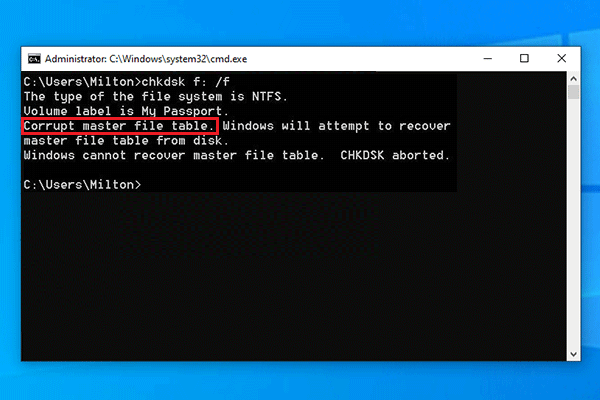

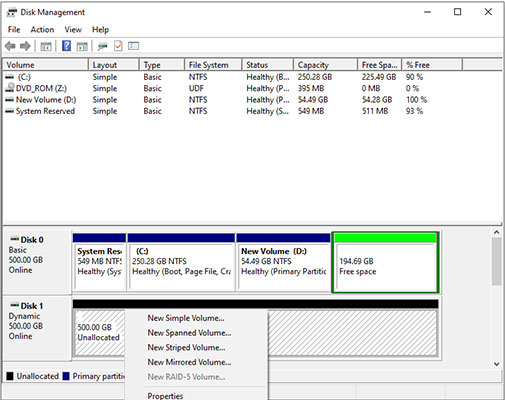
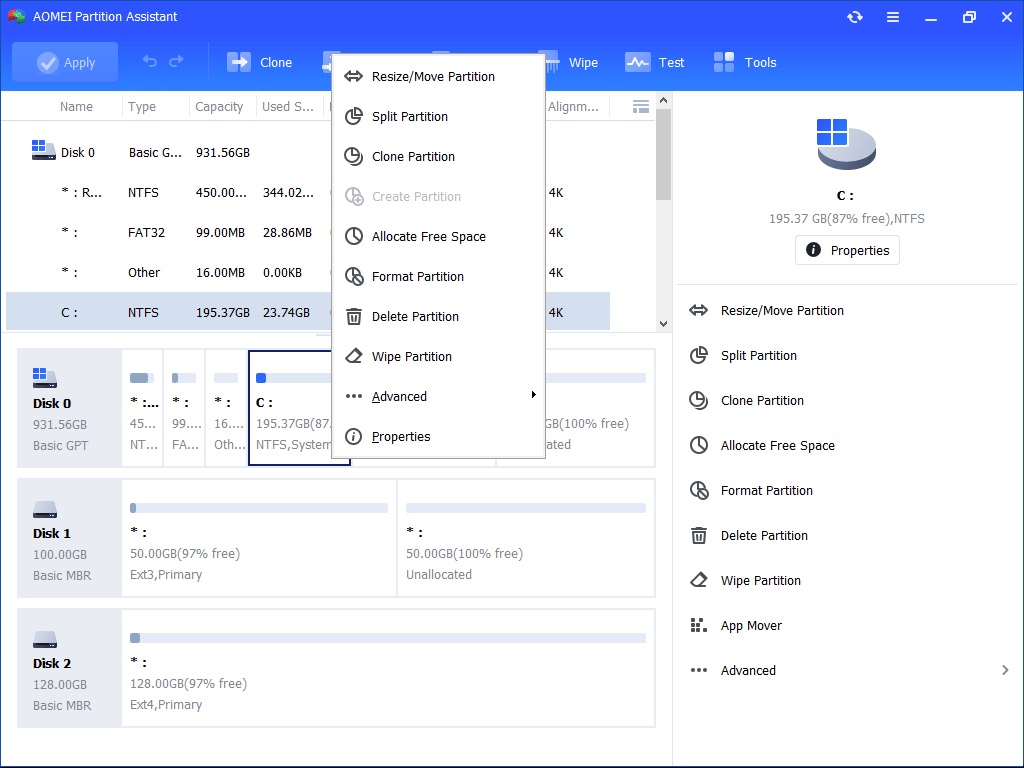
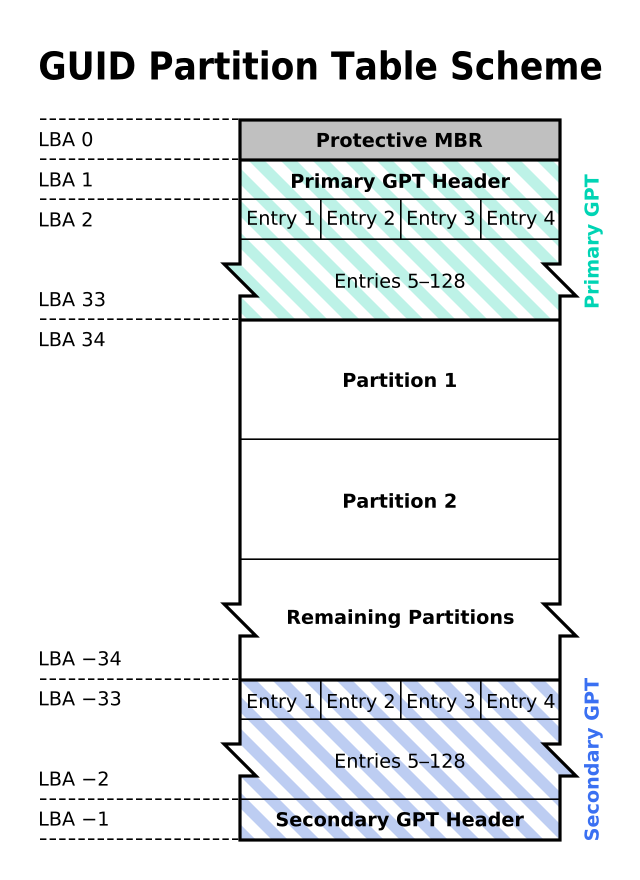
![Windows 11/10] Hard disk Partition, Shrink, and Extend ...](https://kmpic.asus.com/images/2022/02/07/a9b66a1e-dcb5-49d7-a530-98fa5c8fb601.png)
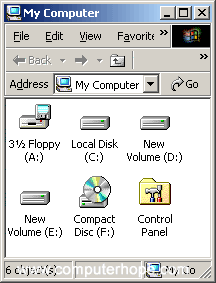
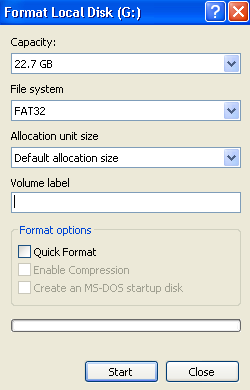
![Solved] How to Fix Corrupted Hard Drive Without Formatting ...](https://www.easeus.com/images/en/data-recovery/drw-pro/repair-corrupted-hard-disk.png)


/vol-c-command-windows-10-f2360a11df6047ab8eb5185a8d26f354.jpg)

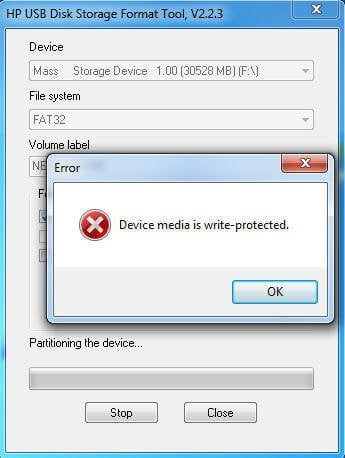

:max_bytes(150000):strip_icc()/label-command-windows-10-3cff7d08d2524628b4c9d97b67272000.png)
/volume-labels-windows-11-this-pc-689da891ccd94f10bb1daa3eeec55160.png)
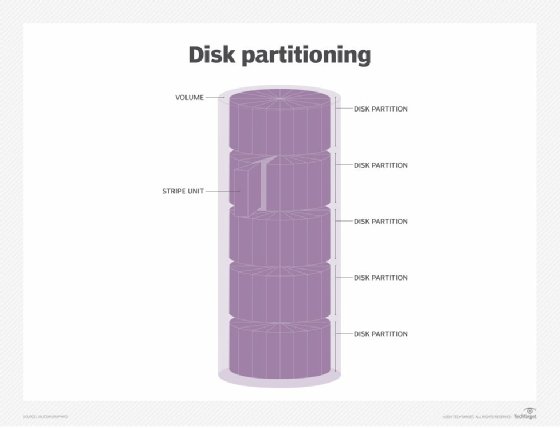




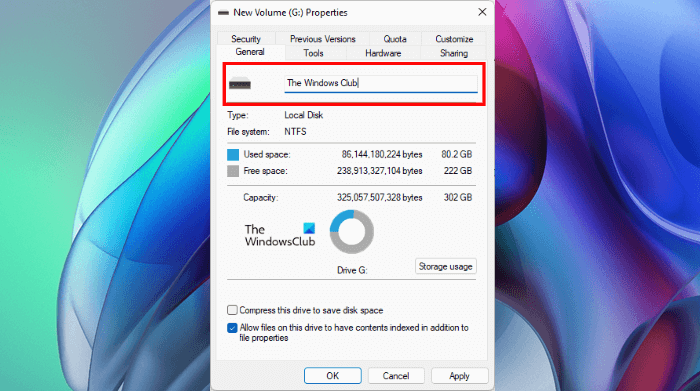



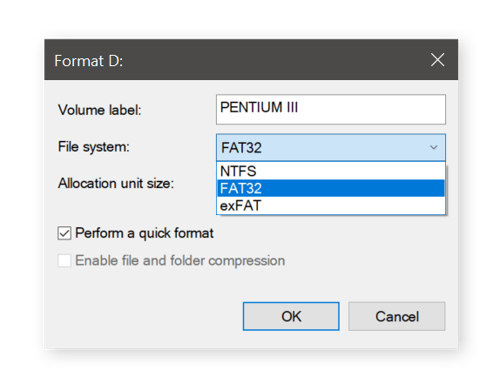
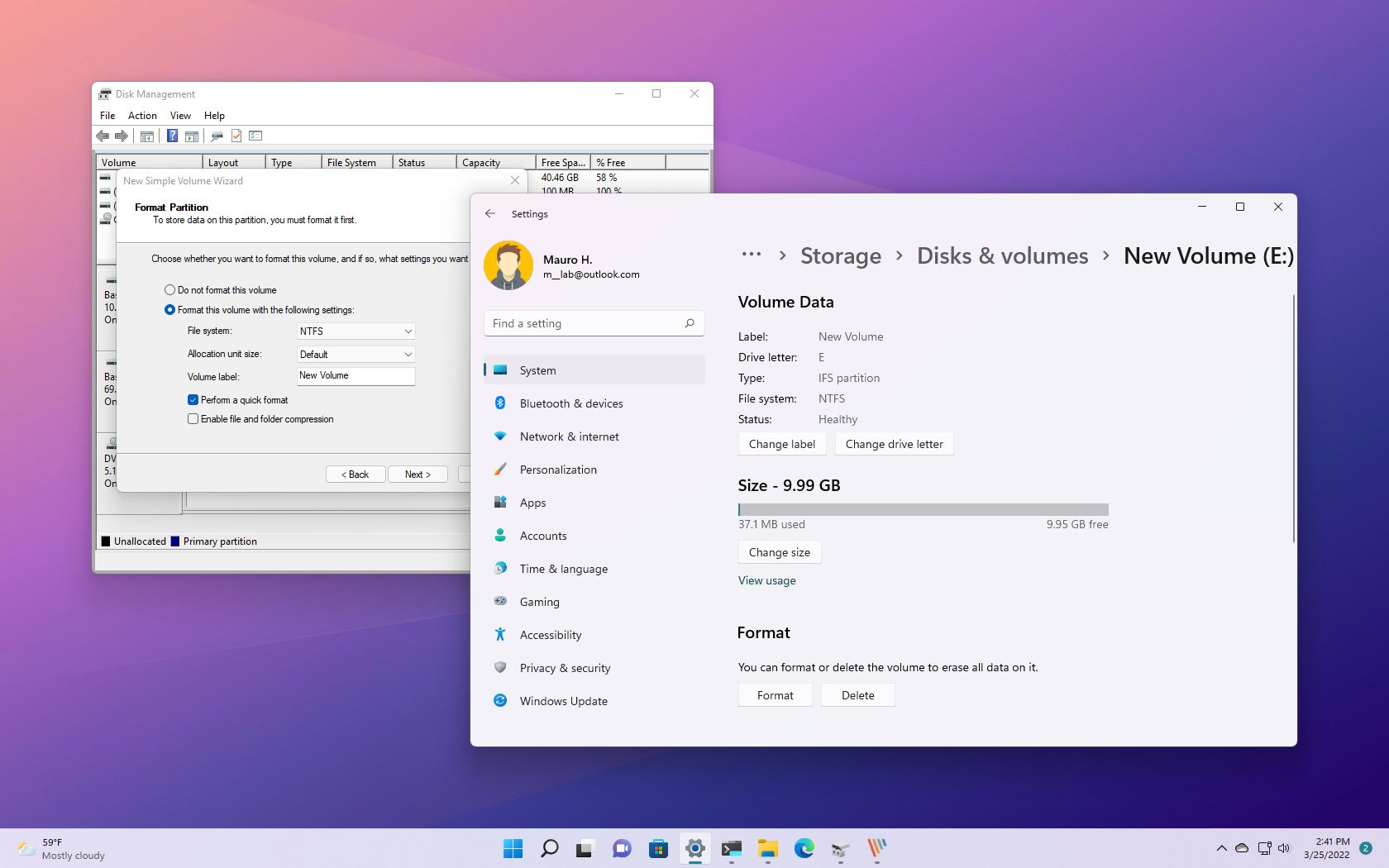

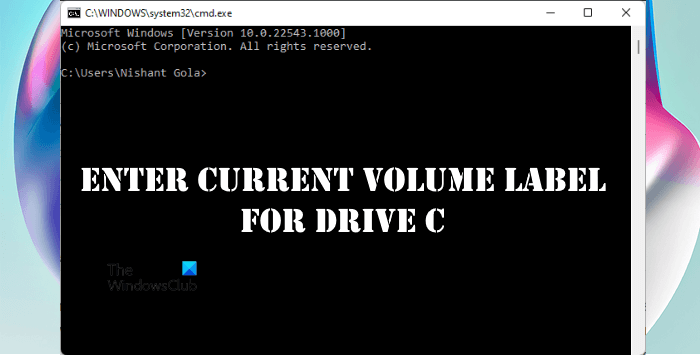





Post a Comment for "41 describe a volume label for a storage device"